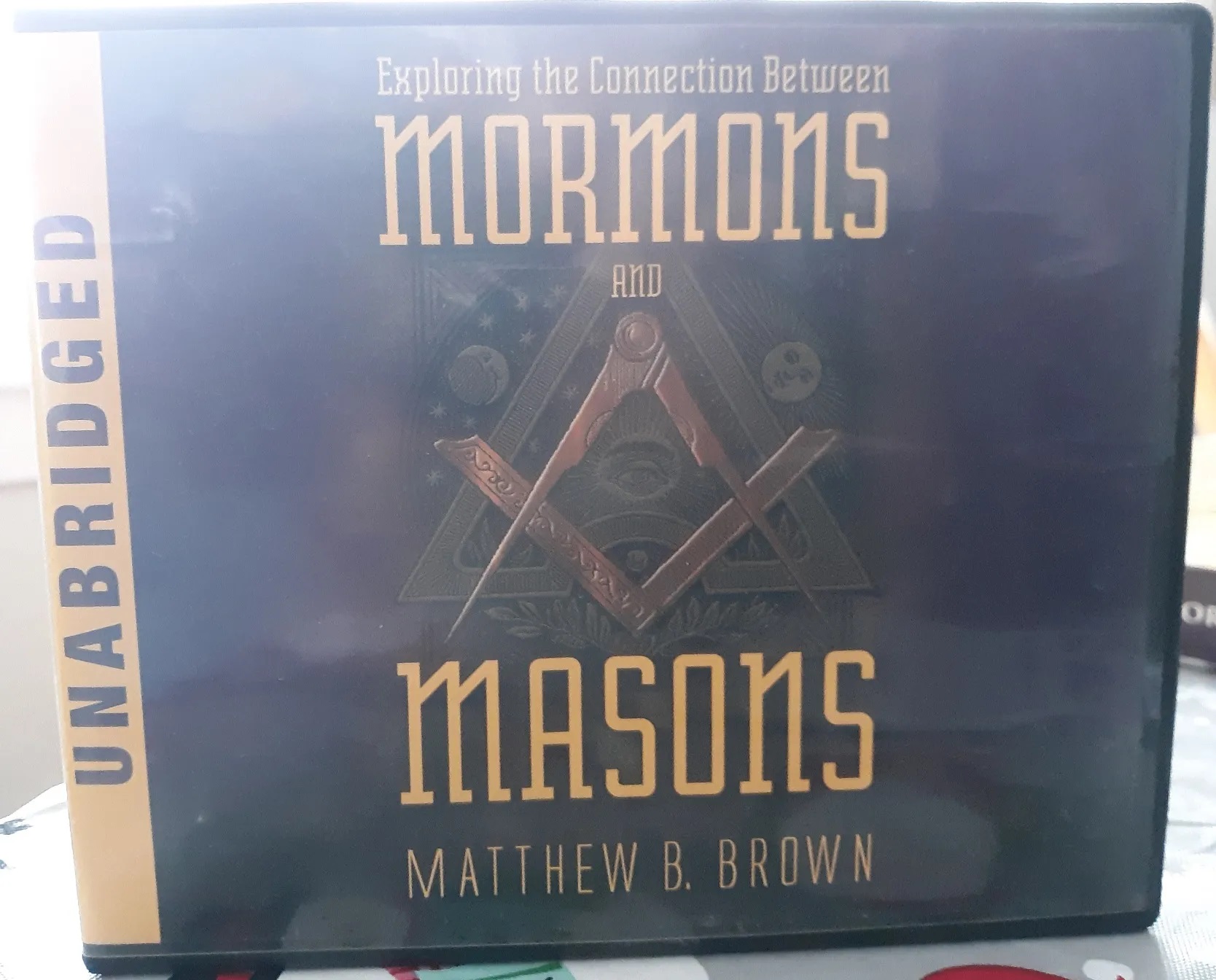What do you think?
Rate this book


Exploring the Connection Between Mormons and Masons Matthew B. Brown Why did Joseph Smith become a Freemason? Who introduced Freemasonry into Nauvoo, Illinois, in the early 1840s? Do the Masons really descend from the stonemasons who built King Solomon's temple? Is there an ancient relationship between the Masonic lodge rites and the Mormon temple ordinances? The subject of Joseph Smith and Freemasonry sparks a wide range of responses among Latter-day Saints, from curiosity to suspicion to outright excitement. In this helpful guide, trusted LDS scholar Matthew B. Brown clearly and skillfully addresses the subject's history, theology, traditional understandings, and myths. Entering the upper room of Joseph Smith's red brick store, which was used as a temporary Masonic lodge room as well as a provisional temple, readers consider provocative questions as well as meaningful scriptural patterns and interfaith connections. With research ranging from the particular to the panoramic, this volume offers engaging, edifying exploration of the relationship between the ritual practices of Freemasonry and the blessings of the House of the Lord. Audio Book on 3 CDs. Narrated by Dave Maller.
4 pages, Audio CD
First published January 1, 2009